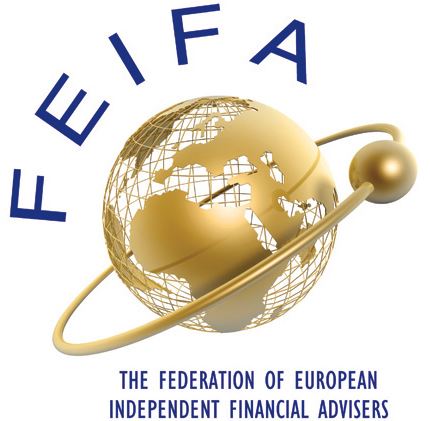 This time last year there was a huge amount of column inches spent talking about the arrival of MiFID II. Both providers and advisers had spent a huge amount of time and money understanding the implications and implementing solutions. The requirement to provide Ex Ante reports (illustrations) for all clients in a very prescribed format, the provision of quarterly transaction statements for all clients, the need for an LEI (Legal Entity Identifier) in order to trade ETF’s and direct equities and reporting 10% drops in portfolios were all introduced at the start of last year and just as the dust has settled the first Ex post (cost and charges) statement is imminently due.
This time last year there was a huge amount of column inches spent talking about the arrival of MiFID II. Both providers and advisers had spent a huge amount of time and money understanding the implications and implementing solutions. The requirement to provide Ex Ante reports (illustrations) for all clients in a very prescribed format, the provision of quarterly transaction statements for all clients, the need for an LEI (Legal Entity Identifier) in order to trade ETF’s and direct equities and reporting 10% drops in portfolios were all introduced at the start of last year and just as the dust has settled the first Ex post (cost and charges) statement is imminently due.
One of the interesting things to come out of our conversations over the year is around who is ultimately responsible for the provision of the various requirements. For example the 10% portfolio drop reporting requirement applies to DFM portfolios only, and is ultimately the responsibility of the DFM. Clearly with a platform in the middle it makes absolute sense for the platform to facilitate this for the DFM, however if the platform fails to perform this service then the regulatory responsibility still sits with the DFM.
Similarly the provision of the ex Ante report is the responsibility of the adviser (anyone who offers or sells financial instruments and services to clients) and whilst most, if not all platforms have some sort of illustration capability, from a regulatory perspective it is also the adviser’s responsibility to provide a compliant report to clients. Whilst the vast majority of advisers will have been used to providing illustrations to clients, what some may not be aware of is the very prescriptive nature of the ex Ante illustration which needs to include charges categorised as one off (eg Initial charge) on-going (eg platform charge, on-going intermediary charge), transactional (cost of buying or selling assets) and incidental costs. Alongside this there needs to be a breakdown of the individual fund costs in the same categories. Whilst at a high level this is the same as a traditional illustration the cost categories and inclusion of fund costs to this level of detail is new.
What is clear is that whilst a large number of platforms have created new and compliant illustrations, some have not done this – either because they are not situated in a jurisdiction that is subject to MiFID II and therefore are not a MiFID firm with any responsibility (ie Jersey, Guernsey or Isle of Man) or because they haven’t yet got around to implementing these changes.
Whatever the reason, the adviser has responsibility for provision of this information and failure to do so increases the risk of complaints being upheld in the future. Sanctions will vary according to the regulator but could include having to re-disclose to all clients (and putting them right financially) and in the most extreme situations losing authorisation. Be prepared!
The above article was kindly provided by Dave Field from Novia Global, https://www.novia-global.com/
